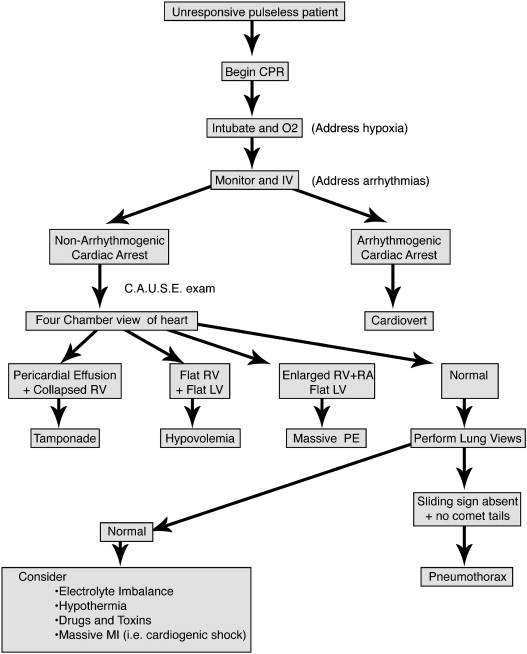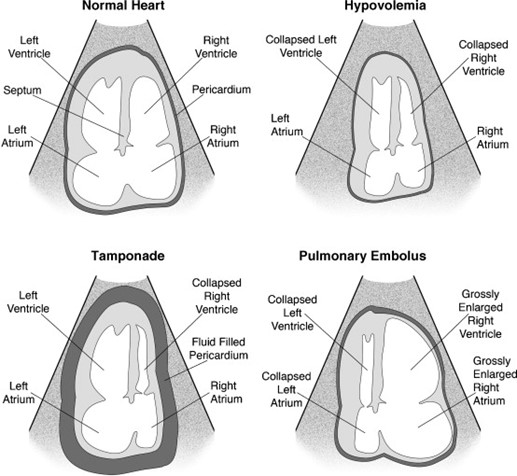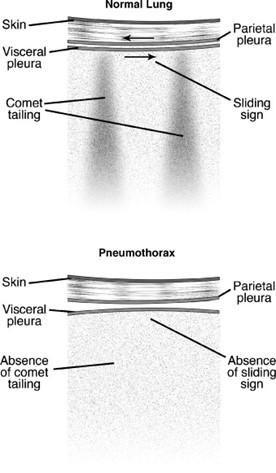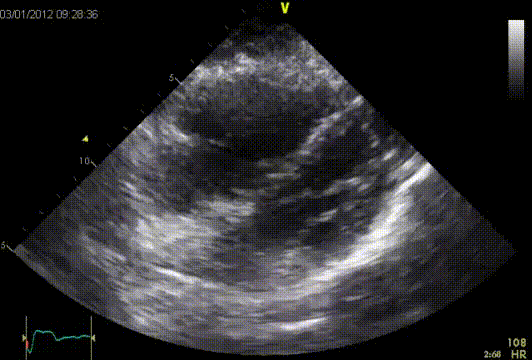C.A.U.S.E
Cardiac arrest is a condition that is often encountered in the Emergency Department, Intensive Care Unit, Coronary Care Unit and the surgical wards. The use of ultrasound in resuscitation plays an increasingly important role since it is able to differentiate between the different causes of a cardiac arrest, which are not a direct consequence of a primary ventricular arrhythmia. The most common and reversible causes of cardiac arrest include: severe hypovolemia, pneumothorax, cardiac tamponade, and massive pulmonary embolism. Identifying the underlying cause of cardiac arrest remains one of the main clinical challenges. Therefore the CAUSE protocol is developed:
Cardiac Arrest Ultra-Sound Exam





